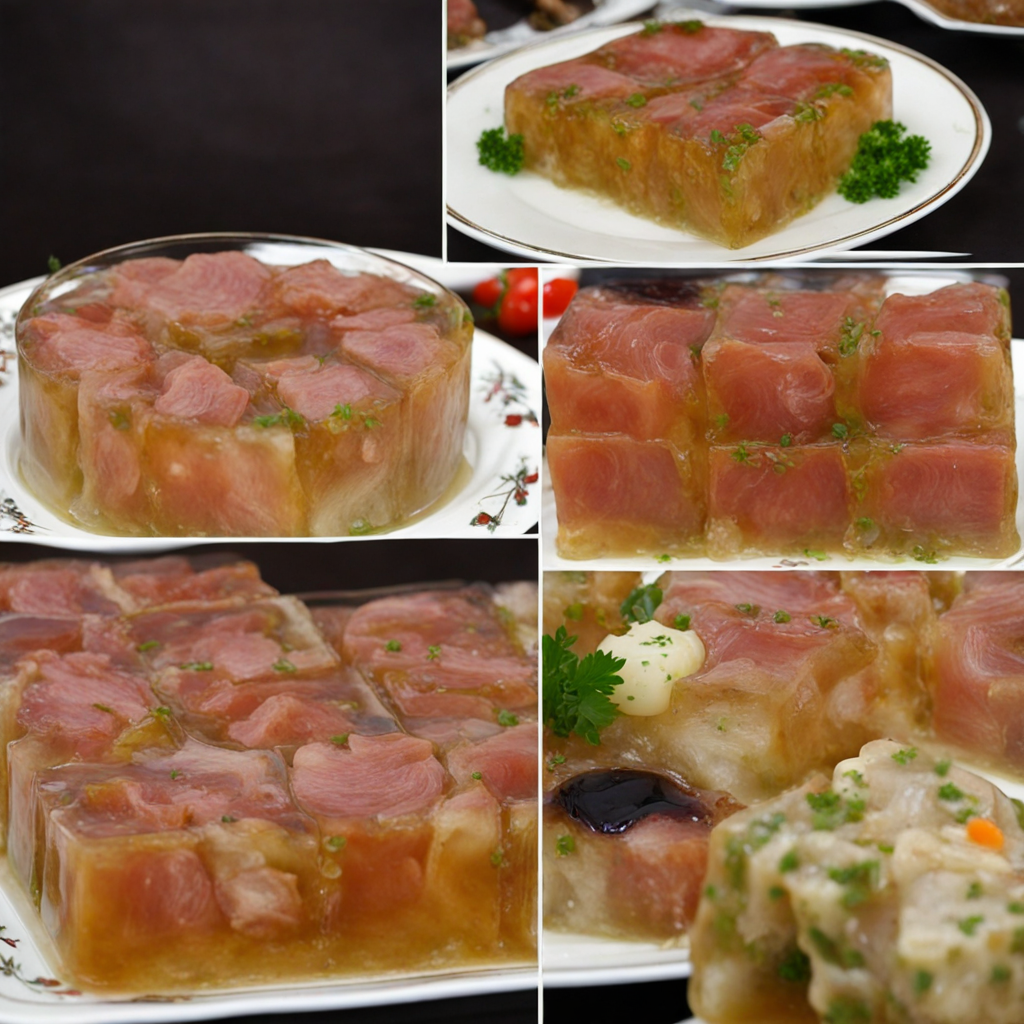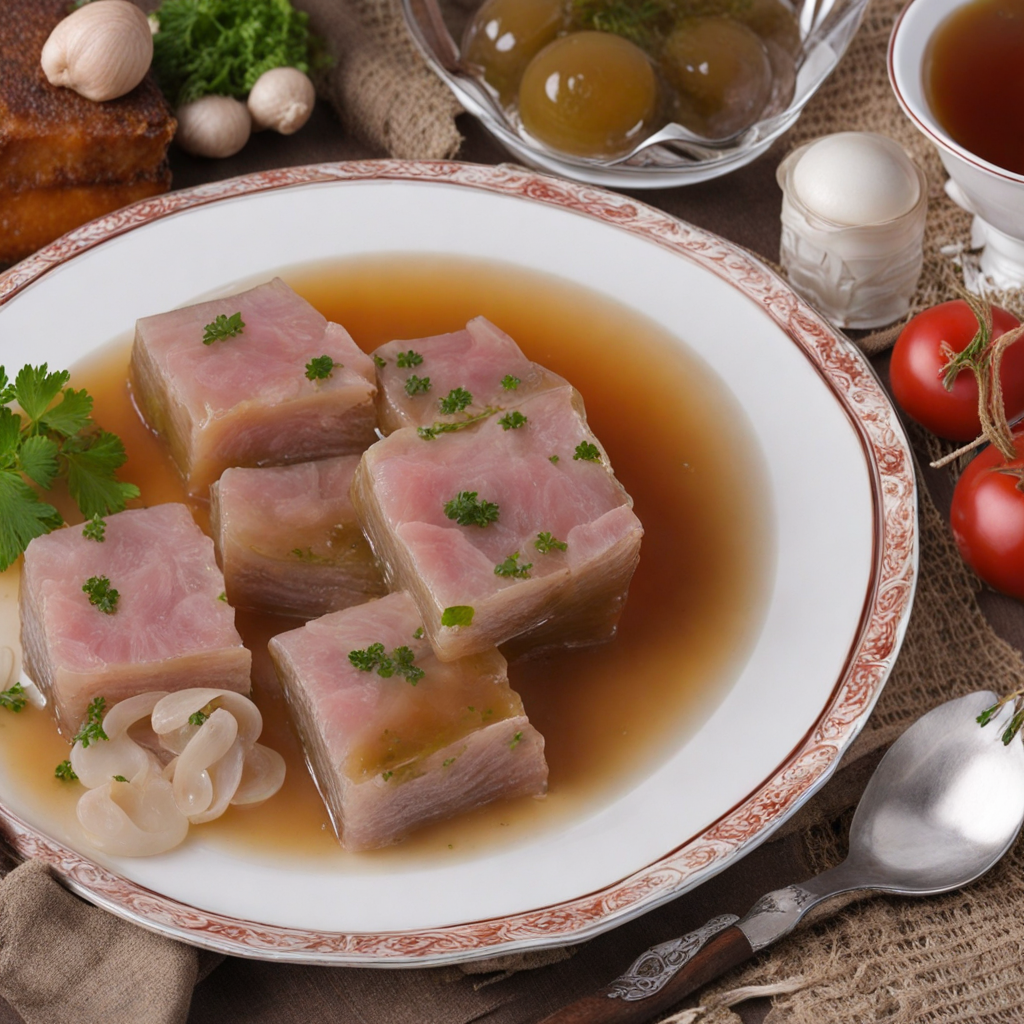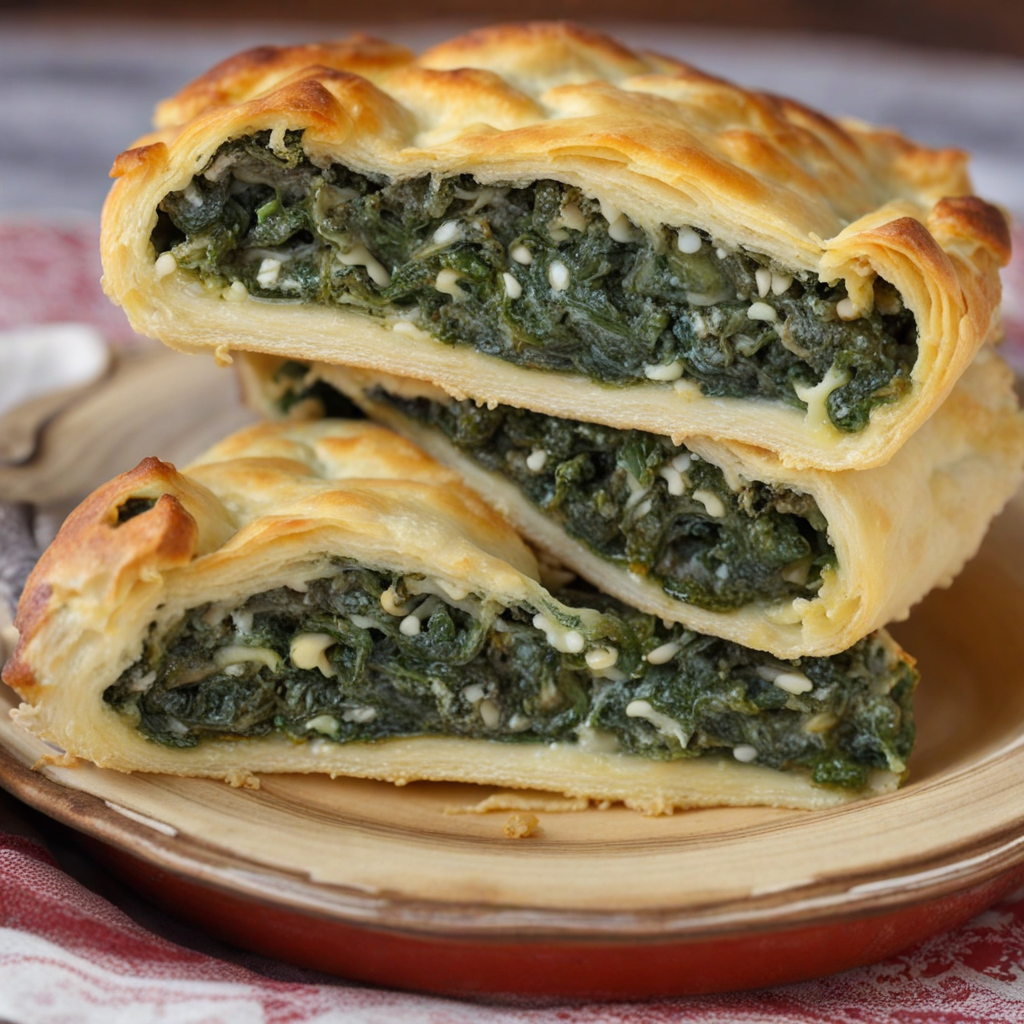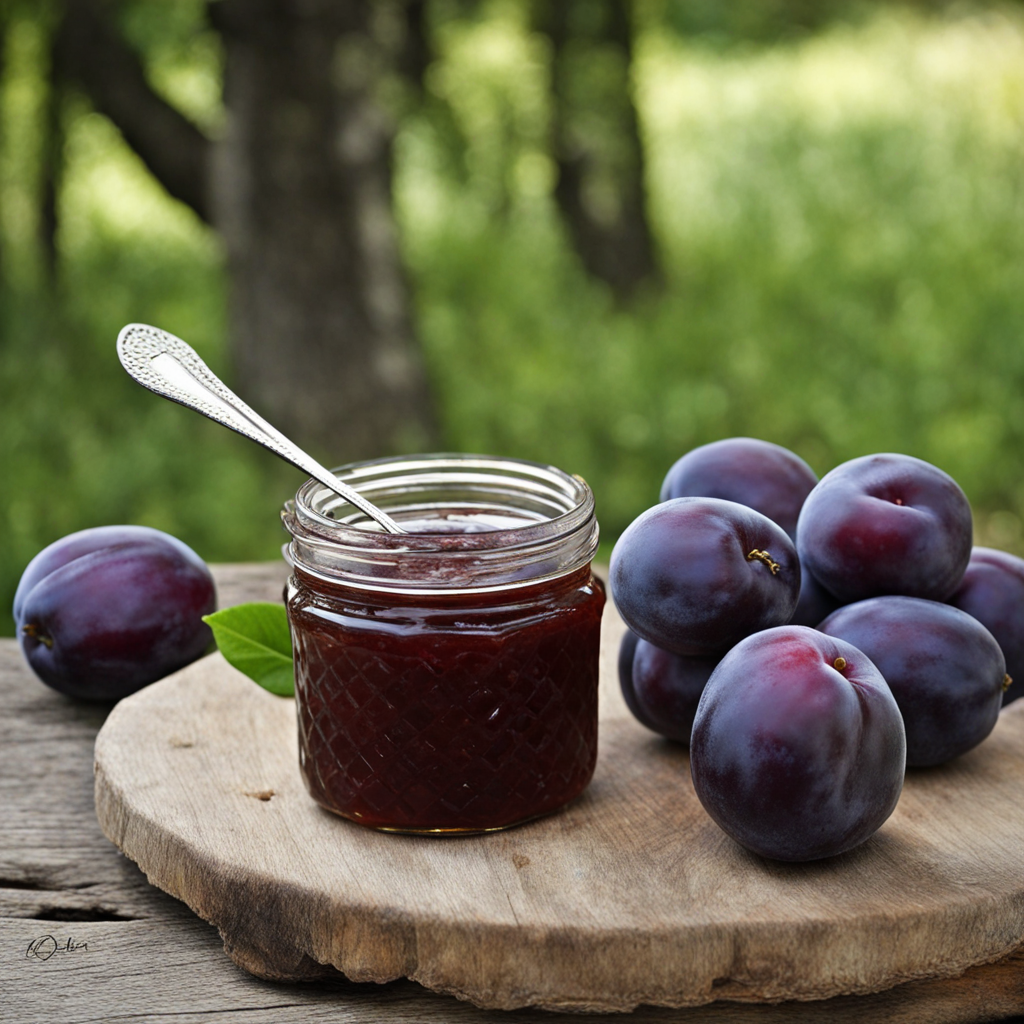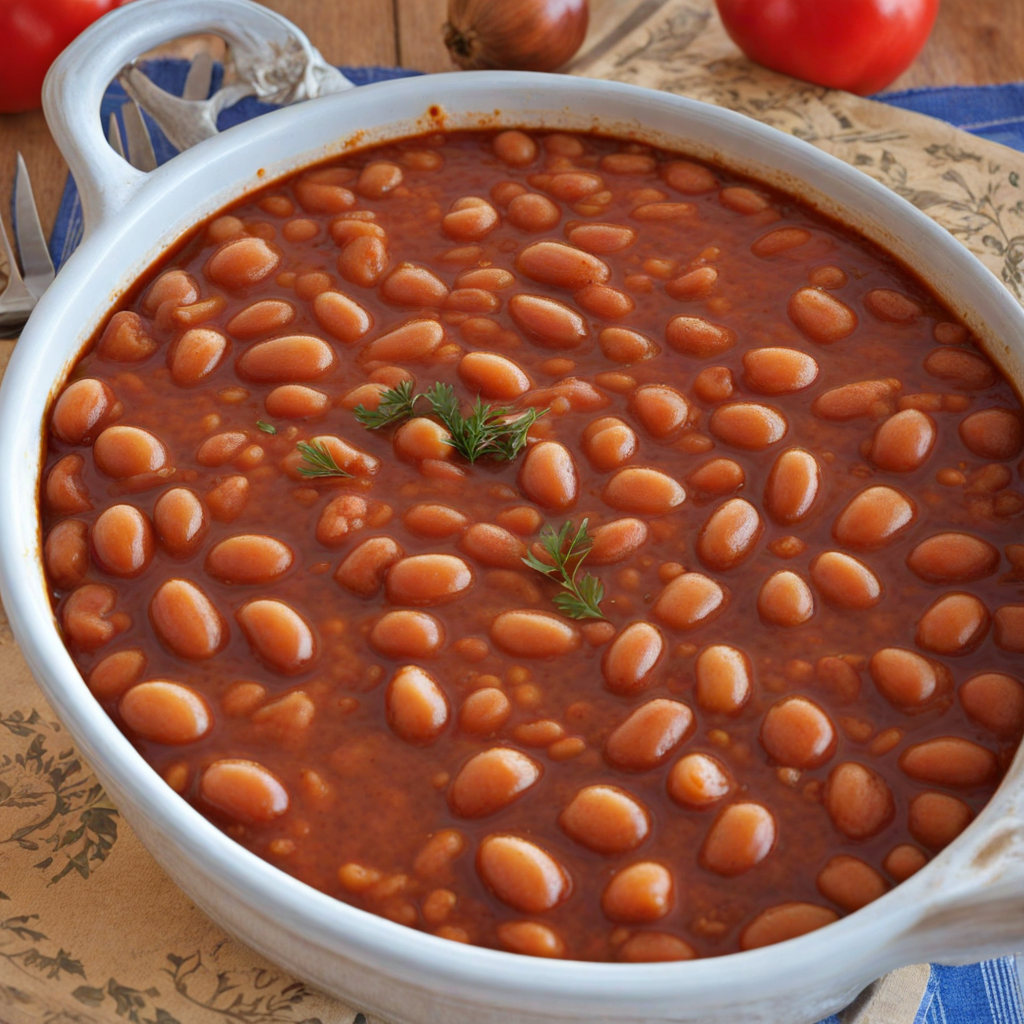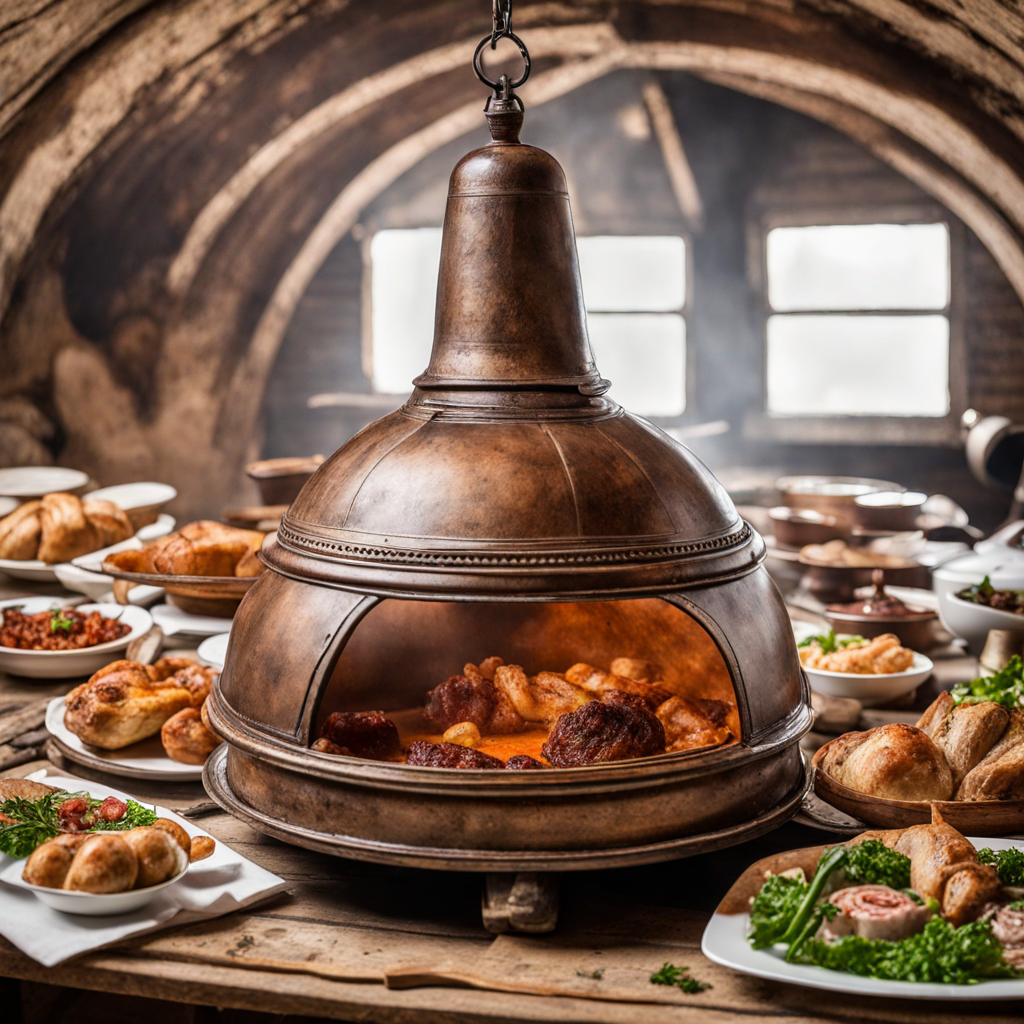Pihtije
Pihtije is a traditional Serbian dish that showcases the country's rich culinary heritage. This unique delicacy is essentially a type of meat jelly, prepared from various cuts of pork, often including trotters, ears, and other gelatin-rich parts. The meat is slowly boiled, allowing the collagen to dissolve and create a natural gel. Once the mixture has cooled, it solidifies into a beautiful, translucent jelly that encapsulates the tender morsels of meat. The presentation is typically rustic, served in a shallow dish or sliced into squares, making it an inviting centerpiece for any gathering. The flavor profile of Pihtije is both savory and comforting, with the slow cooking process allowing the natural flavors of the meat to shine through. It is often seasoned with garlic, black pepper, and sometimes a hint of vinegar, which adds a refreshing tang to balance the richness of the pork. The dish is traditionally enjoyed cold, making it a perfect appetizer or a side dish, often accompanied by mustard, horseradish, or pickles, which enhance its taste and texture. Pihtije is not just a dish but a cultural experience that reflects the communal aspect of Serbian dining. It is commonly prepared during festive occasions, family gatherings, or celebrations, where it serves as a reminder of the importance of togetherness and sharing. As you delve into the world of Serbian cuisine, tasting Pihtije offers a glimpse into its history and traditions, inviting you to savor the flavors of a dish that has stood the test of time.
How It Became This Dish
The History of Пихтије: A Serbian Culinary Tradition #### Origins and Early Beginnings Пихтије, or "pihitije," is a traditional Serbian dish that has its roots deeply embedded in the country’s culinary history. The dish is a type of aspic, made from meat, particularly pork or beef, which is simmered for several hours to extract collagen and gelatin, resulting in a rich, savory jelly. This dish is believed to have originated in the rural regions of Serbia, where the practice of preserving meat was a necessity for survival, particularly during the long, harsh winters. The process of creating pihitije can be traced back to the Ottoman Empire when the culinary traditions of the diverse cultures within the empire began to intersect. The use of gelatinous meats was common in various forms across the Balkans and has connections to similar dishes found in neighboring countries, such as the Romanian "răcitură" and the Bulgarian "kavarma." However, pihitije has uniquely adapted to Serbian tastes and ingredients, becoming a staple in Serbian households, especially during festive occasions. #### Cultural Significance Pihitije is more than just a dish; it is a cultural symbol that embodies the essence of Serbian hospitality and familial bonds. Traditionally served during celebrations, such as Christmas, New Year, and family gatherings, pihitije represents abundance and community. The dish is often accompanied by homemade bread and a variety of pickles, enhancing its flavors and showcasing the importance of local produce in Serbian cuisine. In Serbian culture, food plays a pivotal role in social interactions, and pihitije is often a centerpiece at gatherings. The preparation of this dish is often a communal activity, where family members come together to create a meal that not only nourishes the body but also strengthens ties among loved ones. The act of cooking and sharing pihitije serves as a reminder of the country’s traditions and the importance of family unity. #### Development Over Time As Serbia evolved through the 19th and 20th centuries, so too did the preparation and presentation of pihitije. In rural areas, the traditional method of making pihitije remained relatively unchanged, relying on time-honored techniques passed down through generations. However, with the urbanization of Serbia and the influence of modern culinary practices, pihitije began to adapt. In urban settings, the dish started to appear in restaurants and cafes, often served as an appetizer or part of a meze platter. Chefs began experimenting with flavors and presentations, incorporating new ingredients such as vegetables, herbs, and spices to enhance the traditional recipe. This evolution reflects a broader trend in Serbian cuisine, where traditional foods are being reimagined for contemporary tastes while still paying homage to their origins. In the late 20th century, particularly during the tumultuous period of the Yugoslav Wars, pihitije took on an even deeper significance. For many families, the act of preparing and sharing this dish became a form of resistance against the backdrop of conflict, a way to maintain cultural identity and heritage amidst upheaval. The dish served as a reminder of home, tradition, and the bonds that hold families together. #### Ingredients and Preparation The preparation of pihitije is a labor-intensive process that showcases the importance of quality ingredients. Traditionally, pork or beef bones are boiled for several hours to extract the gelatin. The meat is then shredded and mixed with spices, garlic, and sometimes vegetables like carrots and peas, before being poured into a mold and refrigerated until set. The result is a beautifully layered dish that is both visually appealing and delicious. Modern variations of pihitije may include additional ingredients such as smoked meats, different types of stock, or even seafood, reflecting the evolving tastes of contemporary diners. Chefs often take creative liberties in presentation, transforming the humble aspic into an elegant dish suitable for fine dining or special occasions. #### Pihitije in the Modern Era Today, pihitije remains a beloved dish in Serbia, celebrated for its rich flavor and cultural significance. Its presence at family gatherings, holidays, and celebrations underscores the dish's enduring appeal. Moreover, with the rise of culinary tourism in Serbia, pihitije has become a point of interest for visitors eager to experience authentic Serbian cuisine. Social media and food blogs have also played a crucial role in revitalizing interest in traditional dishes like pihitije. Home cooks and professional chefs alike are sharing recipes, tips, and personal stories related to this dish, fostering a sense of community and continuity. This resurgence highlights the importance of preserving culinary heritage and adapting it to modern contexts. #### Conclusion Pihitije is more than just a dish; it is a symbol of Serbian culture, history, and identity. Its origins in the rural kitchens of Serbia and its evolution into a beloved staple reflect the resilience and adaptability of Serbian culinary traditions. As it continues to be prepared, shared, and enjoyed across generations, pihitije serves as a delicious reminder of the importance of family, community, and the rich tapestry of flavors that define Serbian cuisine. In a world that is constantly changing, the tradition of making pihitije remains a cherished practice, bridging the past with the present. Whether enjoyed at a festive gathering or as a comforting meal at home, pihitije captures the heart of Serbian hospitality and the enduring spirit of its people. As it stands proudly on tables across the country, pihitije remains a testament to the power of food to bring people together and preserve the stories of those who came before.
You may like
Discover local flavors from Serbia


